[ad_1]
Sony is rolling out a new PlayStation 5 system update that makes your controller sound better, your screen sharing more immersive and your power indicator adjustable. System Update 9.00 entered beta over a month ago and is available in the public software pushed to PS5 owners on Wednesday.
PS5 system software version 24.02-09.00.00 enhances DualSense and DualSense Edge controller audio. The controller speakers are now louder, making the speakers sound clearer when broadcasting in-game sounds and voice chat. The controller’s microphone is also improved. Sony says a new “AI machine-learning model” suppresses background noises from button presses and game audio, leading to an improved voice chat experience.”
The update also adds brightness adjustments for the PS5 power indicator. You can change its levels by heading to Settings > System > Beep and Light > Brightness. You can choose from three settings: dim, medium and bright (default).
Share Screen, which lets you broadcast your gameplay straight from the console, adds pointers and emoji reactions. Your live audience can now use a pointer to show you locations on the screen. They can also send emoji reactions highlighting your gameplay triumphs and tragedies from the Share Screen. The features are toggled on by default, but hosts can turn them off from the Share Screen settings.
The 9.00 update also adds Unicode 15.1 emojis to messages. Less specifically detailed changes include performance and stability improvements for the system software, DualSense gamepads, PlayStation VR2 headset and controllers and Access controller.
If you aren’t automatically prompted to update, you can trigger the software download by heading to Settings > System > System Software > System Software Update and Settings, and choosing “Update System Software” under “Update Available.”
[ad_2]
Source Article Link


 March 13, 1997: With Apple preparing to cut thousands of jobs, CNN reports that “the coffin door is closing” on Cupertino. Apple is doomed! Doomed!
March 13, 1997: With Apple preparing to cut thousands of jobs, CNN reports that “the coffin door is closing” on Cupertino. Apple is doomed! Doomed!

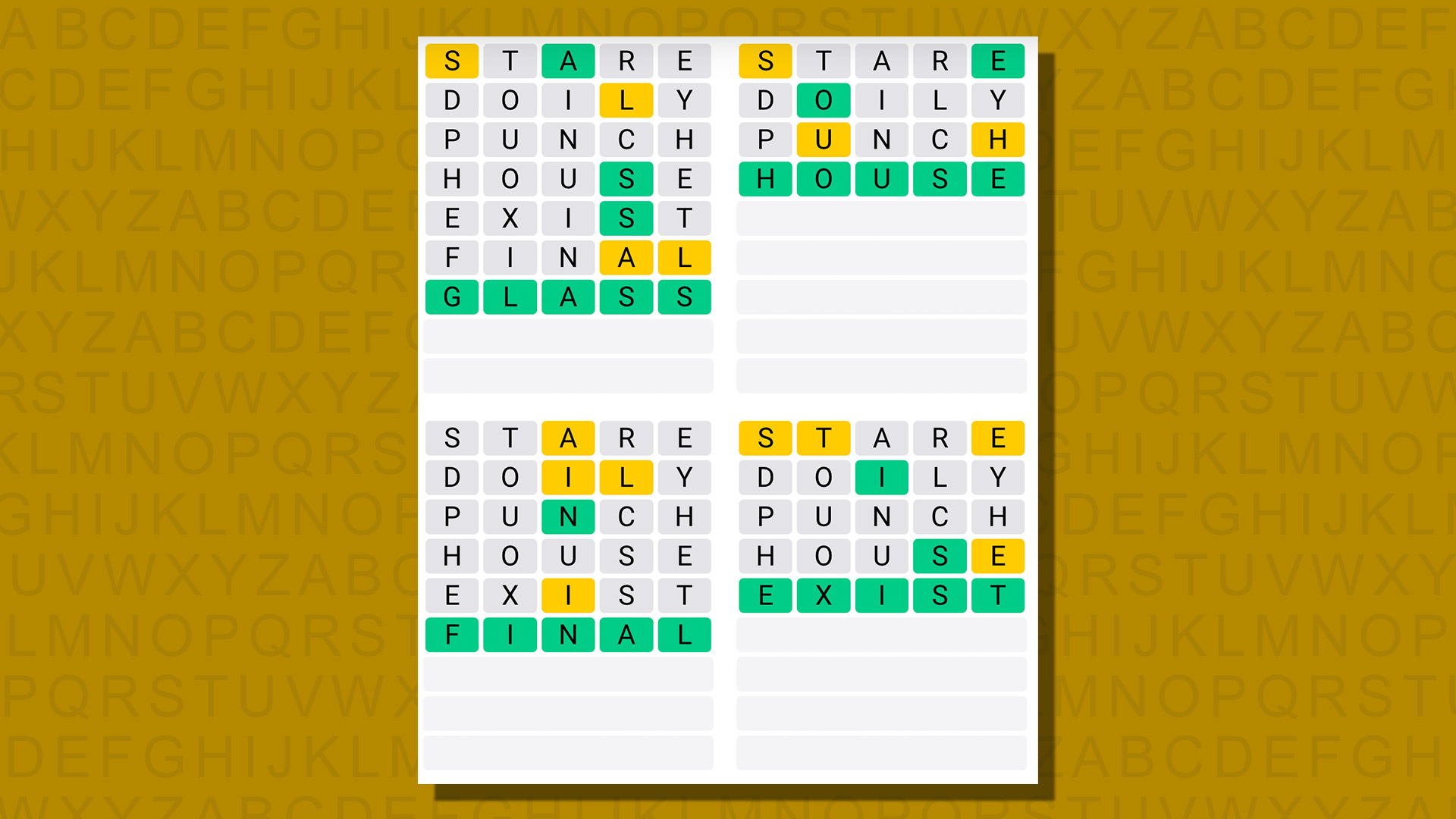


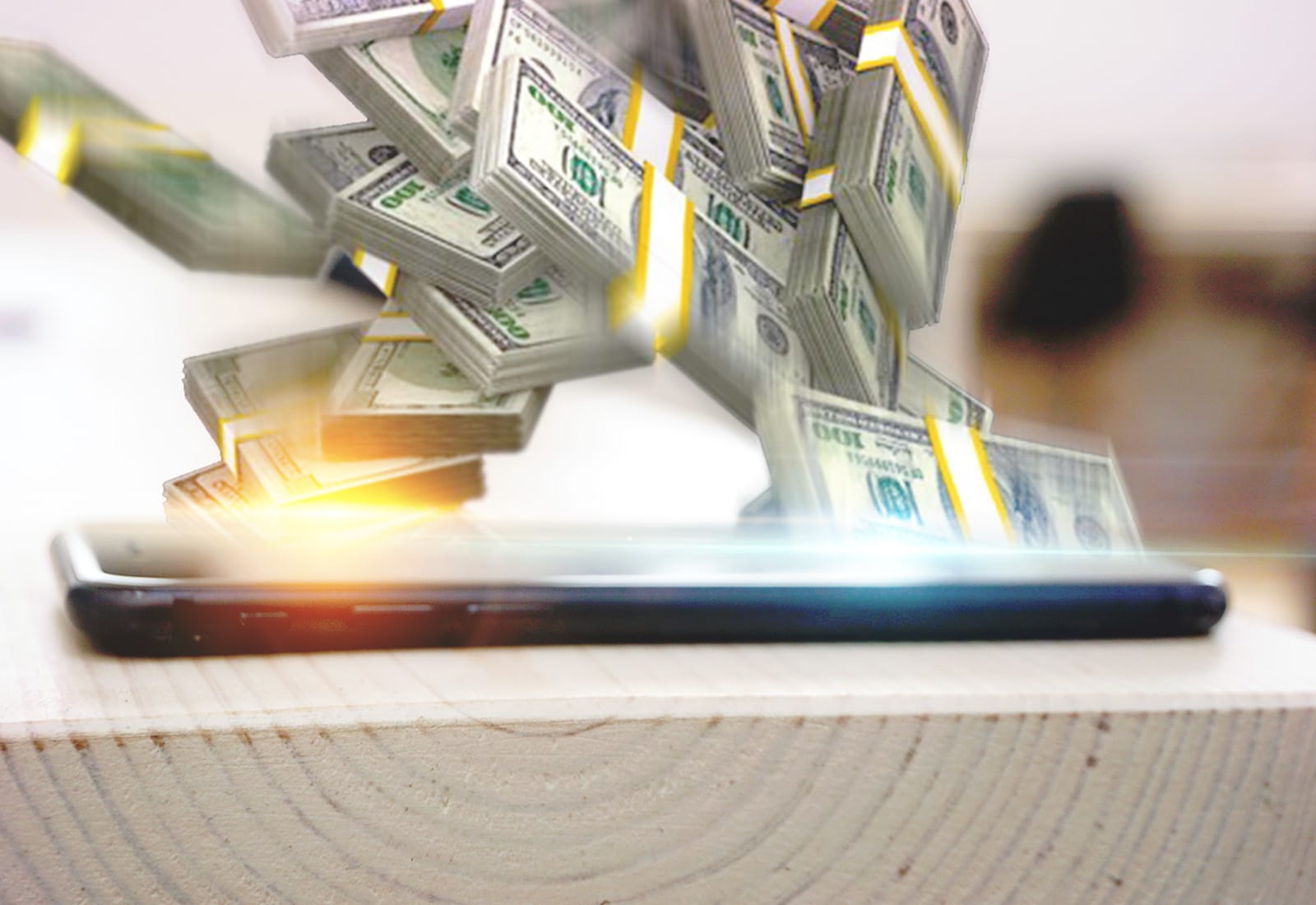
 March 12, 2010: Apple passes Walmart and investment firm Berkshire Hathaway in value to take third place in market capitalization among publicly listed U.S. companies. The Apple market cap soars past $200 billion, fueled by
March 12, 2010: Apple passes Walmart and investment firm Berkshire Hathaway in value to take third place in market capitalization among publicly listed U.S. companies. The Apple market cap soars past $200 billion, fueled by 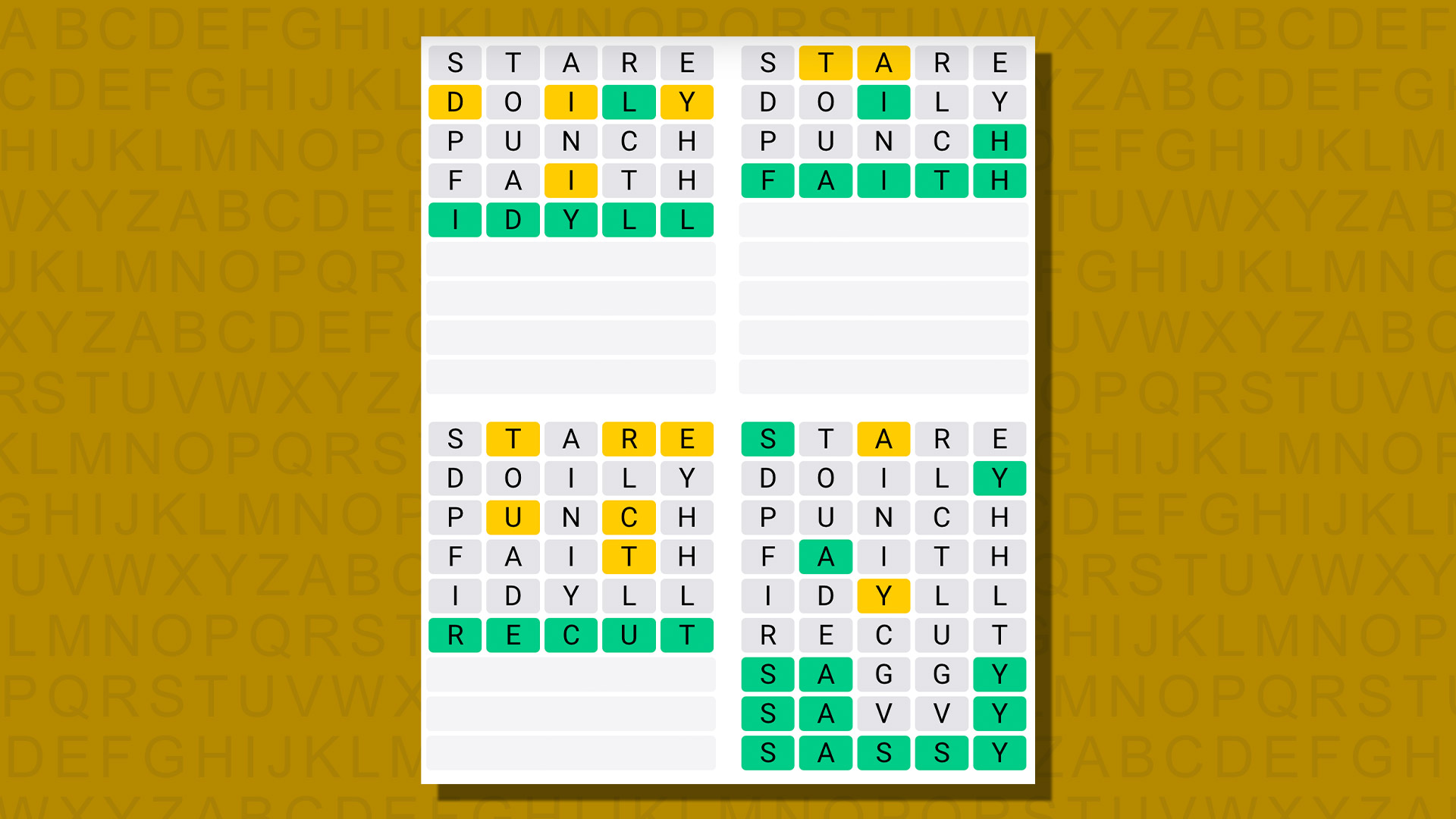
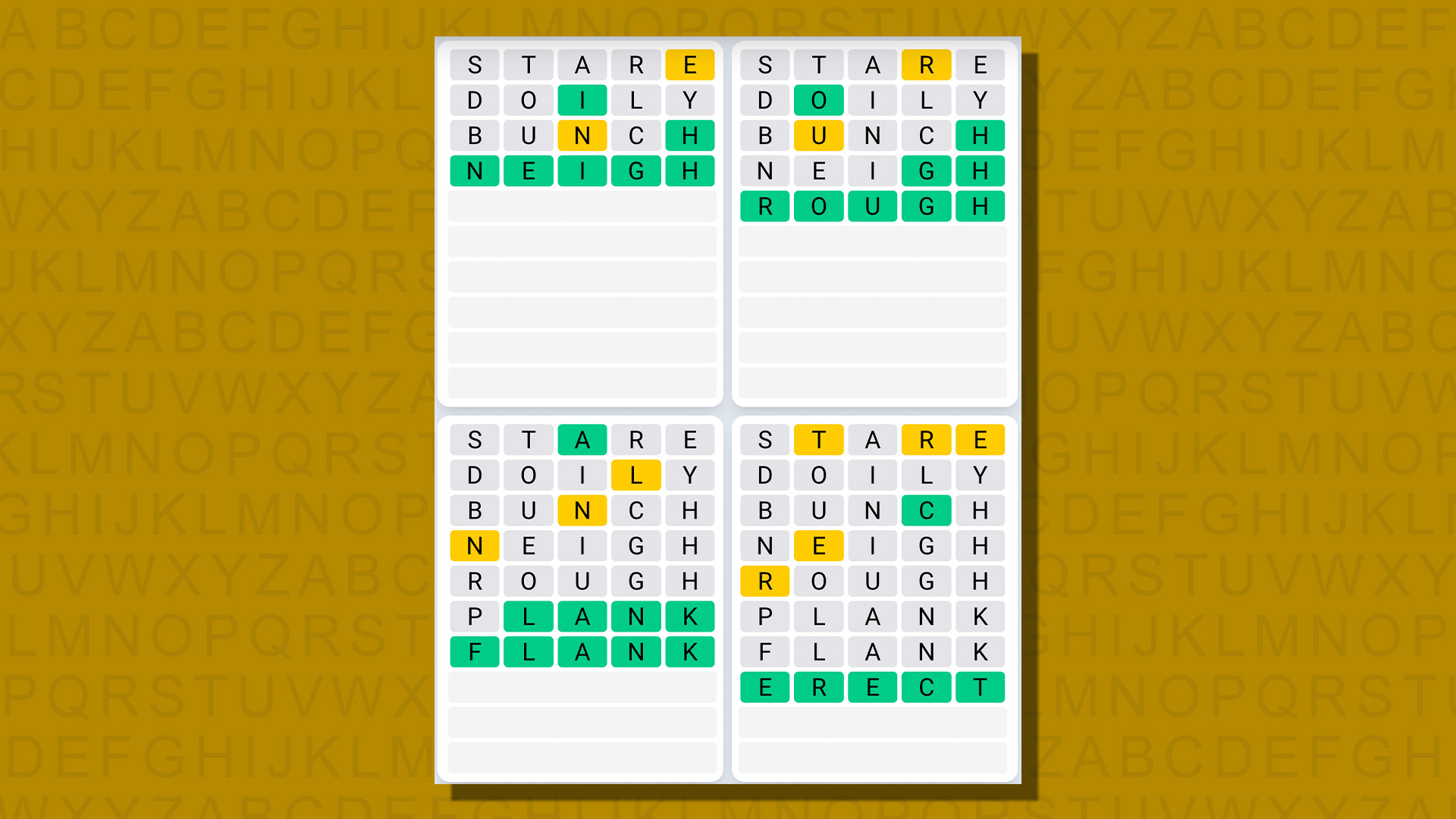

 March 11, 2011: How do you follow up your biggest product debut ever? That’s the question Apple needs to answer as it releases the iPad 2.
March 11, 2011: How do you follow up your biggest product debut ever? That’s the question Apple needs to answer as it releases the iPad 2.


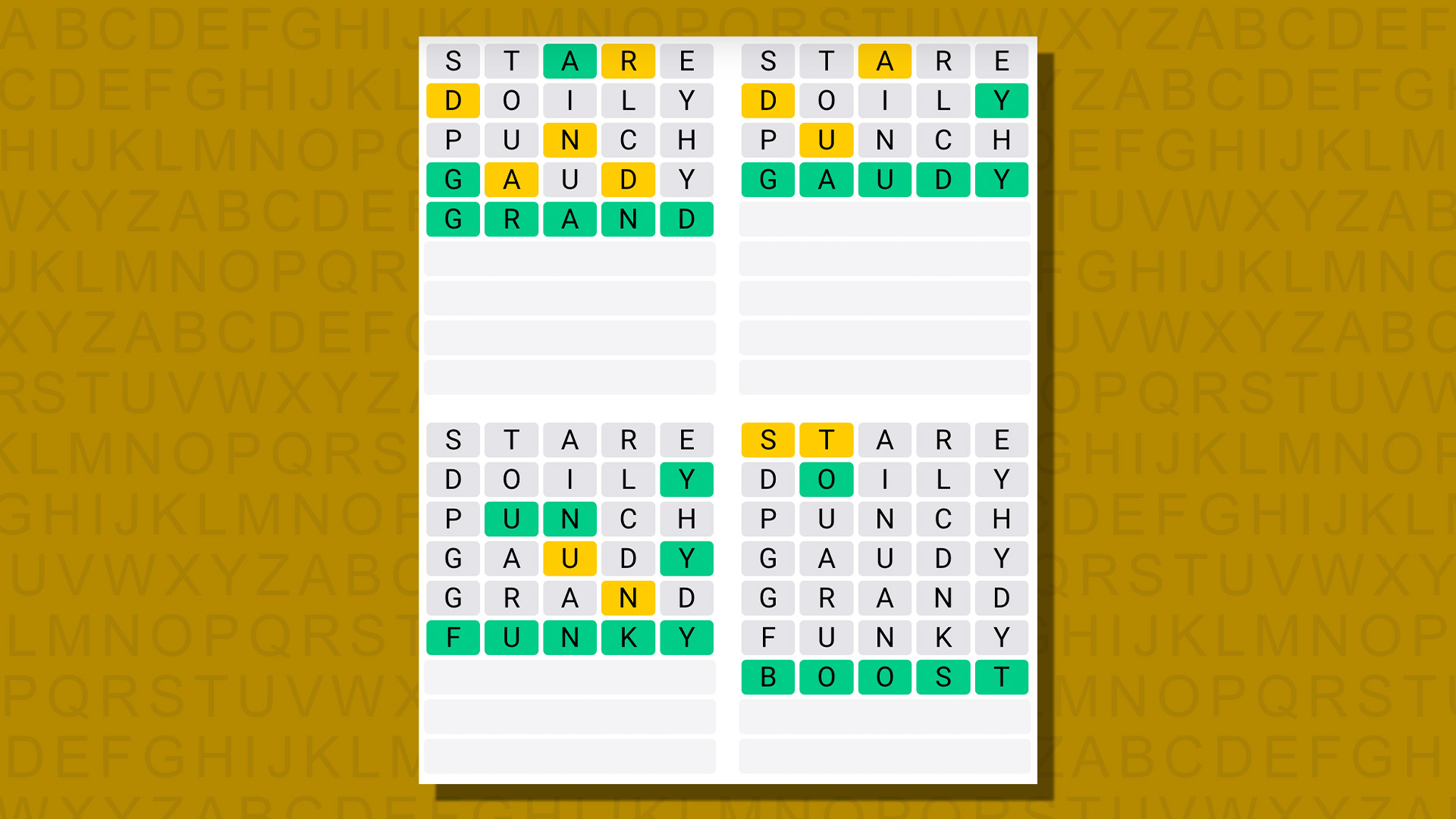


 March 5, 2012: Apple reaches a staggering milestone, with 25 billion apps downloaded from the iOS App Store. The company celebrates with a giveaway titled the “25 Billion App Countdown.”
March 5, 2012: Apple reaches a staggering milestone, with 25 billion apps downloaded from the iOS App Store. The company celebrates with a giveaway titled the “25 Billion App Countdown.”
 March 10, 2004: Apple sends out a survey to select Apple customers, claiming that it is considering relaunching the Newton MessagePad.
March 10, 2004: Apple sends out a survey to select Apple customers, claiming that it is considering relaunching the Newton MessagePad.